Portuguese paratroopers were involved in clashes around the Central African Republic town of Bambari between January 17 and 19, Portugal’s armed forces said.
The paratroopers clashed with “pockets of fighters who have regrouped in the city,” in recent weeks the General Staff of the Portuguese Armed Forces said in a Sunday, January 20 release.
Portuguese troops were among the forces deployed on January 10 in Bambari by Minusca, the United Nations mission in CAR, to protect civilians and restore order after Union for Peace in the Central African Republic (UPC) ex-Seleka militants killed two police officers ahead of a scheduled visit by the country’s president.
On January 11, two French Mirage 2000 multirole jets completed two ‘show of force’ demonstrations over Bambari.
Sporadic clashes have been reported since. Radio Ndeke Luka reported that Portuguese and Nepalese peacekeepers launched an hours-long assault against UPC militants in Bambari on January 17 after several days of relative calm.
Minusca spokesperson Vladimir Monteiro told The Defense Post on January 18 that peacekeepers “engaged UPC elements in two Bambari neighborhoods” on January 17.
“The Mission Peacekeepers were on the ground as part of the operation launched last week,” Monteiro said, adding that “one armed element was detained and some weapons recovered.”
“The operation entered into a so-called “consolidation phase” with robust patrols in the area,” he said.
Radio Ndeke Luka reported that a humanitarian worker and a teacher were killed in Bambari on January 19.
“There was shooting this morning from a Minusca patrol by UPC elements and we responded to that,” Monteiro told the radio station.
“There are still a few neighborhoods where these elements are active, Monteiro said.
Portuguese forces action in Bokolobo
Confirming earlier reporting from Publico, the General Staff of the Portuguese Armed Forces release said that its forces were also active in Bokolobo, 60 km (37 miles) southeast of Bambari, describing it as the UPC’s main bastion and command post.
The release said images obtained by Portuguese and Minusca drones showed “the movement of 30 to 40 UPC fighters” who were attempting to prevent the advance of Portuguese special forces, but later retreated into the forest.
The Portuguese Rapid Reaction Force destroyed eight pick-up trucks and captured 11 anti-tank rocket propelled grenades, automatic rifles, handguns, uniforms and documentation.
Portuguese paratroopers also captured five UPC members, one suspected to be a leader in the group.
According to Publico, the 50-hour action in Bokolobo was carried out last weekend. It published video showing what it said was Portuguese sharpshooters aboard a Pakistani Mi-27 helicopter engaging targets on the road between Bambari and Bokolobo, where rebels were attempting to ambush U.N. forces using rocket launchers.
Publico also published video of what it said was Portuguese forces storming the UPC headquarters.
Bambari objectives met
The actions of the Portuguese Blue Helmets, supporting the Central African Armed Forces and local authorities, “have fulfilled the military objectives of MINUSCA” in repelling the UPC, the General Staff of the Portuguese Armed Forces release said, adding that “new confrontations” are not ruled out if there is a new attempt to return to Bambari.
It said that the operation to maintain Bambari as a U.N. showcase town ‘without arms or armed groups’ will continue to ensure the safety of the civilian population, the strengthening of state authority, and to prevent rebels from entering the town and illegally occupying dwellings.
The release highlighted Bambari’s importance as an “essential access point” to areas where important mineral resources are located as well a key point on the road from the capital Bangui to the northeast and east sectors of the country.
It noted that, throughout the conflict, Bambari has been the scene of fierce fighting against the presence of local authorities and peacekeepers by armed groups that vie for control of the region.

Portugal has contributed peacekeepers to Minusca since the beginning of 2017. A total of 180 personnel, mainly paratroopers, are deployed, with a special company operating from the capital Bangui as a Rapid Reaction Force.
Portugal contributes a further 50 personnel to the European Union Training Mission in CAR (EUTM-RCA), and Portugal’s Major General Hermínio Maio has since January 2018 served as Mission Force Commander in theater. He leads a total of 187 personnel from Bosnia and Herzegovina, France, Italy, Georgia, Lithuania, Poland, Portugal, Romania, Serbia, Spain and Sweden. On January 8, personnel from Brazil joined the mission.
The E.U. mission has trained more than 3,000 personnel to serve in FACa, and last July, the bloc extended EUTM-RCA until 2020, pledging €25 million ($29 million) to help reform the country’s defense sector. The scope of the mission was also modified to give strategic advice to the president’s cabinet, interior ministry and police, as well as the military.

Despite reserves of diamonds, gold, uranium, copper and iron, Central African Republic remains one of the world’s poorest countries.
The majority-Christian country descended into violence following the 2013 ousting of President Francois Bozize in 2013 by the Seleka, a coalition of mainly Muslim rebel groups.
Seleka was officially disbanded within months, but many fighters refused to disarm, becoming known as ex-Seleka. Many others joined the mainly Christian anti-balaka militia to fight the Seleka, leading to a spiral of violence between groups along religious and ethnic lines.
By the end of 2014, CAR was de facto partitioned – anti-balaka in the southwest and ex-Seleka in the northeast.
Touadera’s weak government controls around a fifth of the country and relies heavily on the U.N. peacekeeping mission, Minusca, for support. The rest is controlled by at least 14 different militia groups who often fight each other for revenue from extortion, roadblocks or mineral resources.
Violence by both sides led to thousands of deaths. Nearly 700,000 people are displaced and 570,000 have fled the country, according to the U.N.
The U.N. Office for the Coordination of Humanitarian Affairs estimates that 2.9 million people – more than 63 percent of the population – will need humanitarian assistance in 2019.
Seven peace agreements have been signed since the crisis erupted in 2012, but none has endured.
Decades after the end of empire, Portugal’s military returns to Africa in a new role

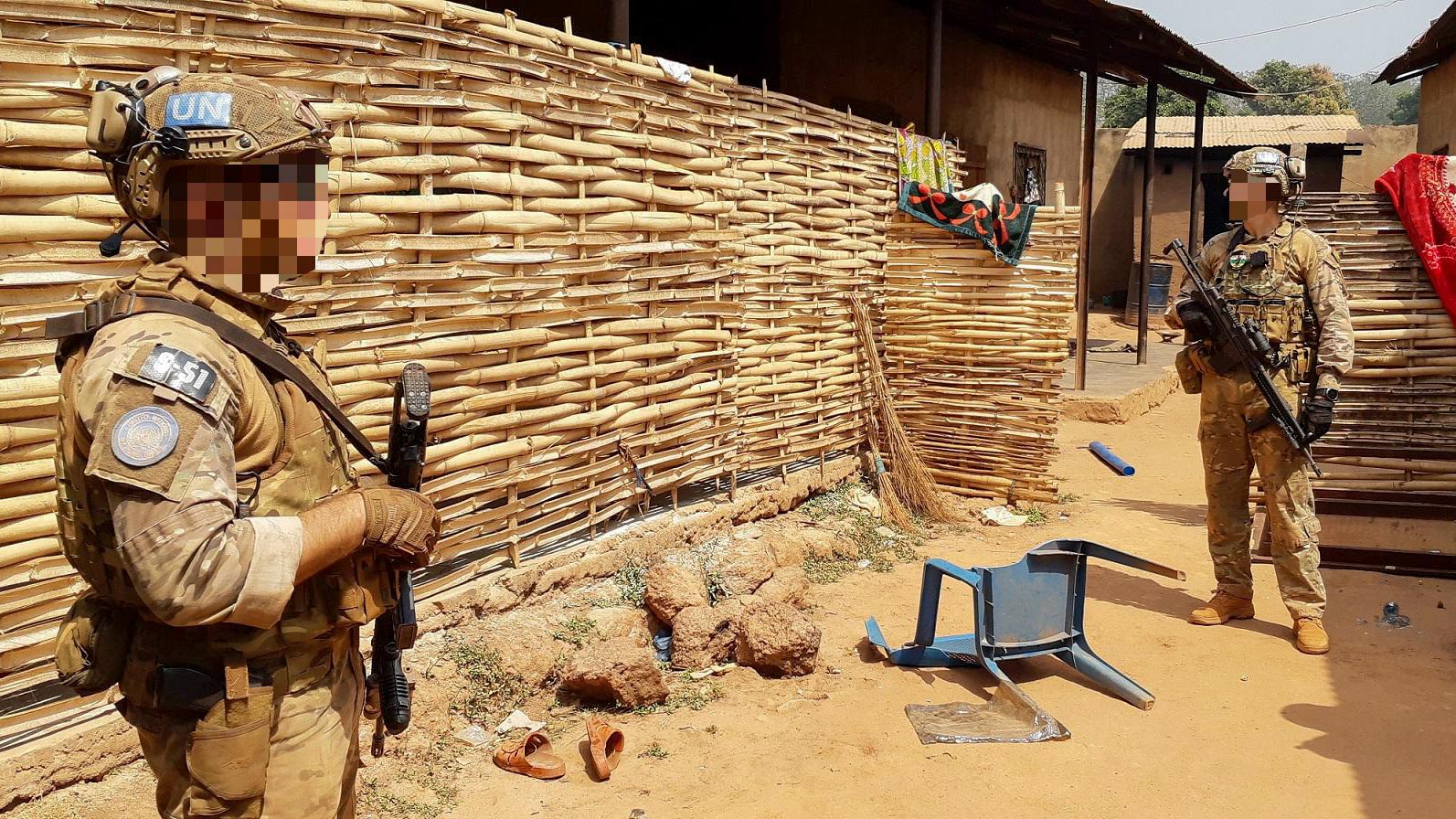
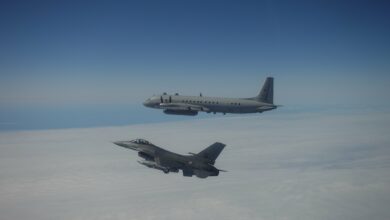
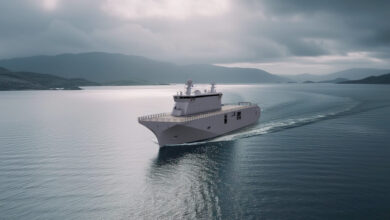

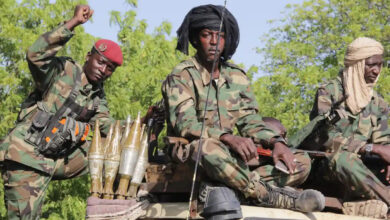
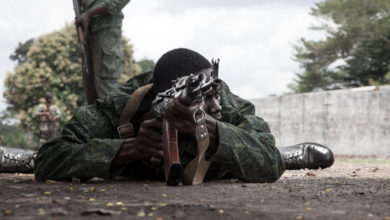

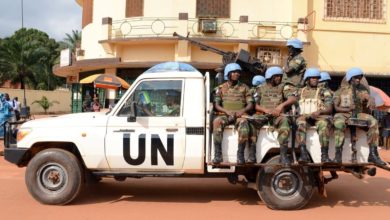

2 Comments